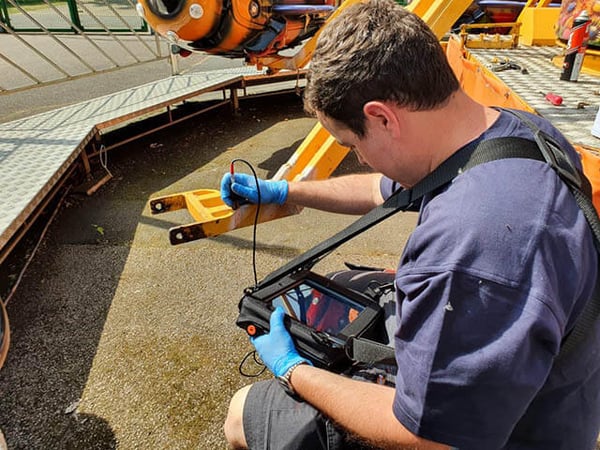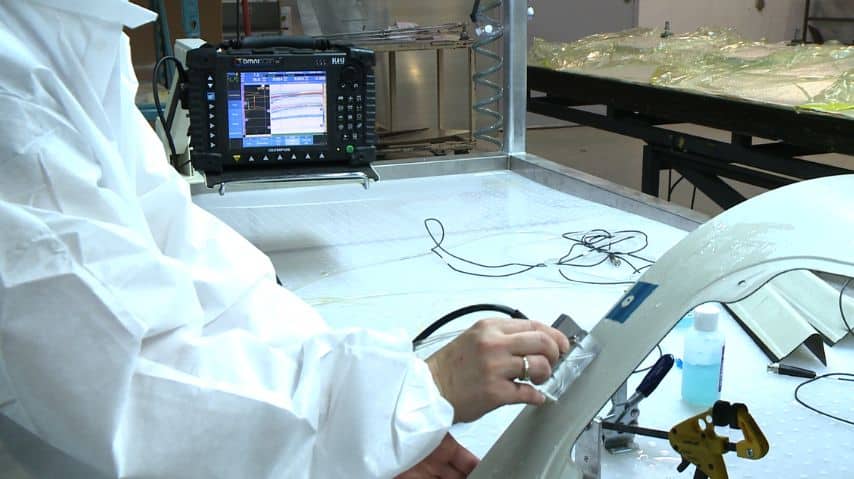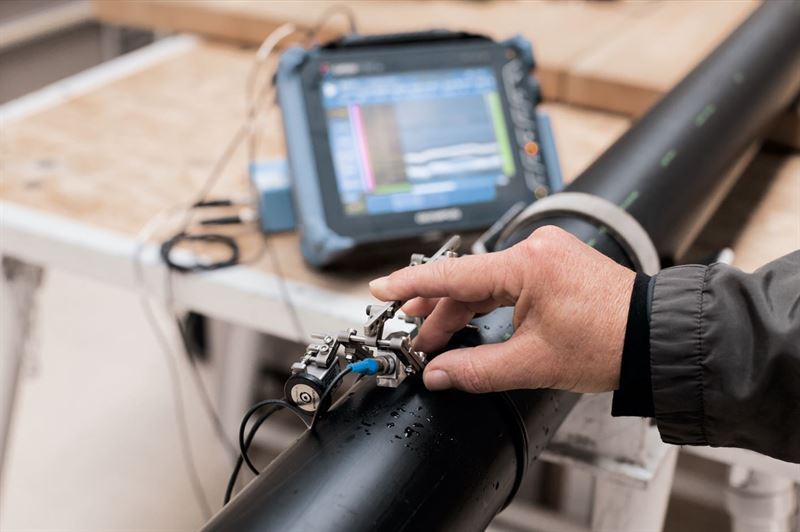Frequency synchronization in CT scanning is a crucial aspect of modern medical imaging that ensures precise and reliable results. As technology evolves, the need for accurate and synchronized scanning becomes vital to provide detailed images for diagnostic purposes. This article delves into the intricacies of frequency synchronization, exploring its significance, how it works, and its impact on medical imaging.

What is Frequency Synchronization in CT Scanning?
At the core of CT scanning technology lies the principle of synchronizing the frequencies of various components. This process ensures that all parts of the CT scanner operate in harmony, producing clear and accurate images. Without proper synchronization, the images might suffer from distortion, making diagnosis challenging.
The Importance of Frequency Synchronization
Frequency synchronization is essential for maintaining the integrity of the images produced by CT scanners. It helps in reducing artifacts and noise, which are common issues in medical imaging. Ensuring that the frequencies of the scanner’s components are aligned optimizes the performance and accuracy of the scans.
Reducing Image Artifacts
One of the primary benefits of frequency synchronization is the reduction of image artifacts. These are unwanted anomalies in the images that can obscure important details. By synchronizing the frequencies, these artifacts are minimized, allowing for clearer and more precise images.
Enhancing Diagnostic Accuracy
Accurate diagnosis is crucial in the medical field. With synchronized frequencies, CT scanners can produce images that provide detailed insight into a patient’s condition. This accuracy is vital for effective treatment planning and patient care.
How Does Frequency Synchronization Work?
The process of frequency synchronization involves aligning the operational frequencies of various components within the CT scanner. This includes the X-ray tube, detectors, and data processing systems. By ensuring that these components work in tandem, the scanner can produce high-quality images consistently.
Components of a CT Scanner
Understanding the components of a CT scanner is crucial to grasp how synchronization works. The main components include the X-ray tube, detectors, gantry, and computer system. Each of these parts plays a critical role in the scanning process, and their frequencies must be synchronized for optimal performance.
The Role of Software in Synchronization
Modern CT scanners rely heavily on sophisticated software to manage frequency synchronization. This software ensures that the scanner’s components are aligned and functioning at the correct frequencies. It continuously monitors and adjusts the frequencies to maintain synchronization throughout the scanning process.
Impact of Frequency Synchronization on Medical Imaging
The impact of frequency synchronization on medical imaging cannot be overstated. It directly influences the quality of the images produced and, consequently, the accuracy of the diagnosis. With synchronized frequencies, CT scanners can provide detailed images that are essential for effective patient care.
Improving Patient Outcomes
By providing accurate and detailed images, frequency synchronization plays a crucial role in improving patient outcomes. It allows healthcare professionals to make informed decisions regarding diagnosis and treatment, ultimately benefiting the patients.
Advancements in CT Scanning Technology
As technology advances, the importance of frequency synchronization becomes even more pronounced. Innovations in CT scanning technology continue to improve the accuracy and reliability of medical imaging, with synchronization playing a key role in these developments.
Challenges in Frequency Synchronization
While frequency synchronization is vital, it is not without its challenges. Ensuring that all components of a CT scanner are perfectly synchronized can be a complex task, requiring precise calibration and monitoring.
Technical Limitations
Technical limitations can pose challenges in achieving perfect synchronization. Variations in component performance and environmental factors can affect the synchronization process, requiring constant monitoring and adjustments.
Continuous Advancements
Despite these challenges, continuous advancements in technology are helping to overcome these limitations. Innovations in software and hardware are making it easier to achieve and maintain frequency synchronization in CT scanning.
Conclusion
In conclusion, frequency synchronization in CT scanning is a fundamental aspect of modern medical imaging. It ensures the accuracy and reliability of the images produced, directly impacting patient care and outcomes. As technology continues to evolve, the importance of synchronization will only grow, paving the way for even more precise and effective medical imaging solutions.

FAQ
Why is frequency synchronization important in CT scanning?
Frequency synchronization is crucial in CT scanning as it ensures that all components of the scanner operate harmoniously, reducing image artifacts and improving diagnostic accuracy.
How does synchronization affect image quality?
Synchronization directly impacts image quality by minimizing artifacts and noise, allowing for clearer and more precise images, which are essential for accurate diagnosis.
What are the challenges in achieving frequency synchronization?
Challenges in achieving frequency synchronization include technical limitations, variations in component performance, and environmental factors that can affect the synchronization process.
For more information on the role of frequency in predictive maintenance, you can visit role of frequency.
Learn about how synchronization improves inspection accuracy at inspection accuracy.
To understand the optimal frequency for crack detection, check out optimal frequency.
For more insights into synchronization during calibration tests, visit calibration tests.
Explore the synchronization of optical inspection devices at optical inspection.
For additional information on inspection frequencies, visit the Health and Safety Executive’s site on inspection frequencies.
This article contains affiliate links. We may earn a commission at no extra cost to you.
